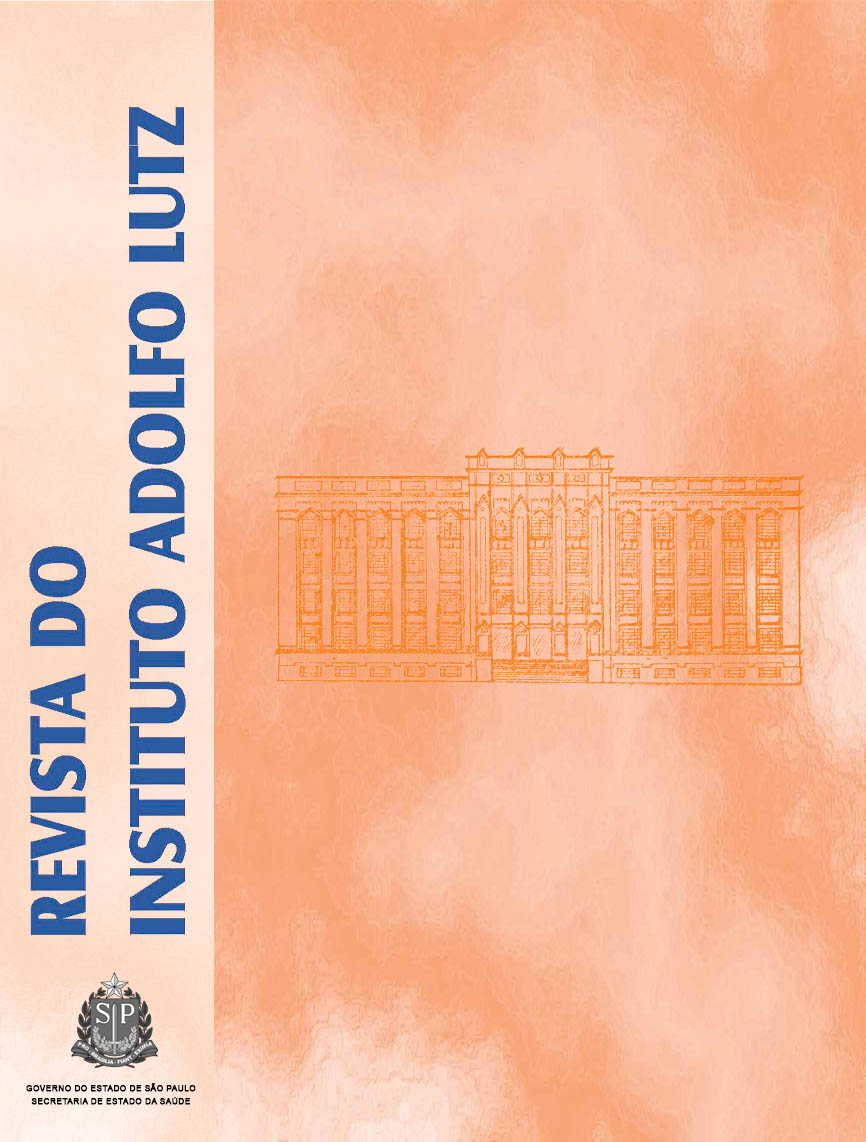Abstract
The most difficult step in the fatty acid (FA) analysis is the extraction of lipids, which it may interfere in the final answer of the analysis. Determination of fatty acids and their concentrations in biological samples has been performed, due to the different consequences of the FA in the organism. The aim of this work was to present a new methodology of total lipid extraction using microwave; to evaluate the efficiency of total lipid extraction by different methods in human plasma and to analyze its fatty acid composition. The used methods were: Folch, Lees and Stanley (FLS), Bligh and Dyer (BD), Rose-Gottlieb (RG) and Alternative Method (AM). The FLS method is the most used one in the lipid analyses for plasma. That method and BD are cold methods that use chloroform and methanol for lipid extraction. In RG method it is used a basic way and the ether of petroleum and ethyl ether solvents; and the AM uses microwaves and the ethanol and ether of petroleum solvents. The sample of human plasma, 450 mL, was obtained from Hemocentro Regional de Maringá of the Universidade Estadual de Maringá. In relation to human plasma composition the percentage obtained was: moisture, 92.23±0.08%; ashes, 0.63±0.11%; protein, 6.04±0.58%; and the total lipid contents varied between 0.19 and 0.41. The greatest total lipid contents results were obtained by the FLS, MA and RG methods, statistically equal among themselves (p>0.05) but different to BD (p<0.05). The Gerber method could not extract lipids from the human plasma. Through the validation parameters for lipids extraction, accuracy and recovery, the AM and Folch et al. (1957) methods were more accuracy and presented percentile of satisfactory recovery. 24 FA were identified and the biggest concentrations were obtained (p<0.05) by the Folch, followed by the AM, Bligh and Dyer and Rose-Gottlieb. This study showed that Folch was the most recommended method for studies of quantitative fatty acid composition in human plasma and indicated the AM method, using microwave and lower toxicity solvents, as a fast technique of lipidic extraction which it might be used on qualitative fatty acid composition analysis.

This work is licensed under a Creative Commons Attribution 4.0 International License.
Copyright (c) 2009 Instituto Adolfo Lutz Journal
